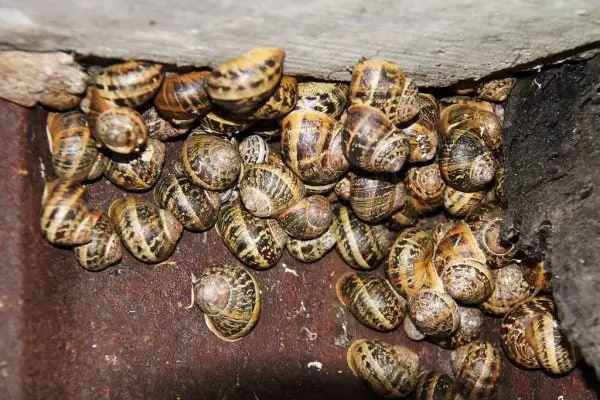Mushrooms, with their captivating shapes, diverse colors, and silent presence, have captivated human imagination for centuries. Beyond their culinary delights and medicinal properties, these fascinating organisms play a vital role in decomposing organic matter, maintaining healthy ecosystems, and offering a glimpse into the hidden world of fungi. Delving into the diverse collective nouns used to describe groups of mushrooms allows us to appreciate the intricate language of nature and the unique qualities of these enigmatic organisms.
Collective Nouns for Mushrooms
While “bed” might be the most common term for a large group of mushrooms growing together, highlighting their abundance and interconnectedness, other terms paint a more nuanced picture depending on the context:
- Bed: This term evokes a sense of abundance, diversity, and interwoven growth. It signifies a large group of mushrooms growing close together in a single area, often forming a vibrant tapestry of colors and textures. The image it creates is one of a flourishing community of fungi, showcasing their interconnectedness and vital role in decomposing organic matter within the ecosystem.
Example: As the morning mist receded, revealing the forest floor, a bed of mushrooms emerged, their caps glistening with raindrops and their stems intertwined, creating a mesmerizing spectacle of nature’s intricate artistry.
- Troop: This term, typically associated with marching soldiers, signifies a group of similar mushrooms growing together in a single area. The image it creates is one of a community of mushrooms standing tall and unified, showcasing their shared characteristics and potential shared function within the ecosystem.
Example: Nestled amongst the fallen leaves, a troop of chanterelle mushrooms emerged, their golden caps and trumpet-like shapes resembling a miniature forest rising from the decaying foliage.
- Patch: This term, often used for fabrics or pieces of land, signifies a smaller group of mushrooms growing in a localized area. The image it creates is one of a cluster of mushrooms confined to a specific location, often revealing their dependence on specific environmental conditions for growth.
Example: Peeking through the tall grass, a patch of morel mushrooms surprised the hikers, their pitted caps and hollow stems hinting at the hidden network of fungal threads beneath the surface.
- Cluster: This term, signifying a group of objects closely packed together, signifies a group of mushrooms growing closely together, often in a circular or irregular shape. The image it creates is one of a compact group of mushrooms seemingly intertwined, showcasing their shared resources and efficient utilization of space.
Example: On a decaying log bathed in dappled sunlight, a cluster of oyster mushrooms fanned outwards, their white caps resembling delicate oyster shells, highlighting their unique growth patterns and dependency on decaying wood.
Interesting Facts About Mushrooms
Understanding these diverse terms goes beyond mere vocabulary; it allows us to appreciate the intricate world of mushrooms and their vital role in our ecosystems:
Decomposers of Nature: Mushrooms, as the fruiting bodies of fungi, play a crucial role in breaking down dead organic matter such as fallen leaves and logs. This process, known as decomposition, releases essential nutrients back into the soil, fueling the growth of plants and maintaining the health of ecosystems.
A Hidden Network: The visible mushrooms we see are merely the fruiting bodies of a vast network of fungal threads, known as mycelium, that extend beneath the ground or within decaying matter. This hidden network plays a vital role in nutrient cycling, connecting plants and allowing them to access essential nutrients.
Facing the Challenges: Mushrooms face numerous threats due to habitat loss, pollution, and climate change. Protecting healthy forests, reducing our environmental impact, and promoting sustainable practices are crucial steps in ensuring the continued existence of these fascinating and ecologically important organisms.
Final Thoughts
From the “bed” signifying their abundance and interconnectedness to the “troop” highlighting their shared characteristics, and the “patch” showcasing their dependence on specific environments, the diverse collective nouns for mushrooms offer a glimpse into their multifaceted lives and vital role in our world. By appreciating these terms, understanding their intricate world and ecological significance, and acknowledging the challenges they face, we can strive to create a future where these silent yet essential players continue to thrive and contribute to the health of our planet.
Also Read:






